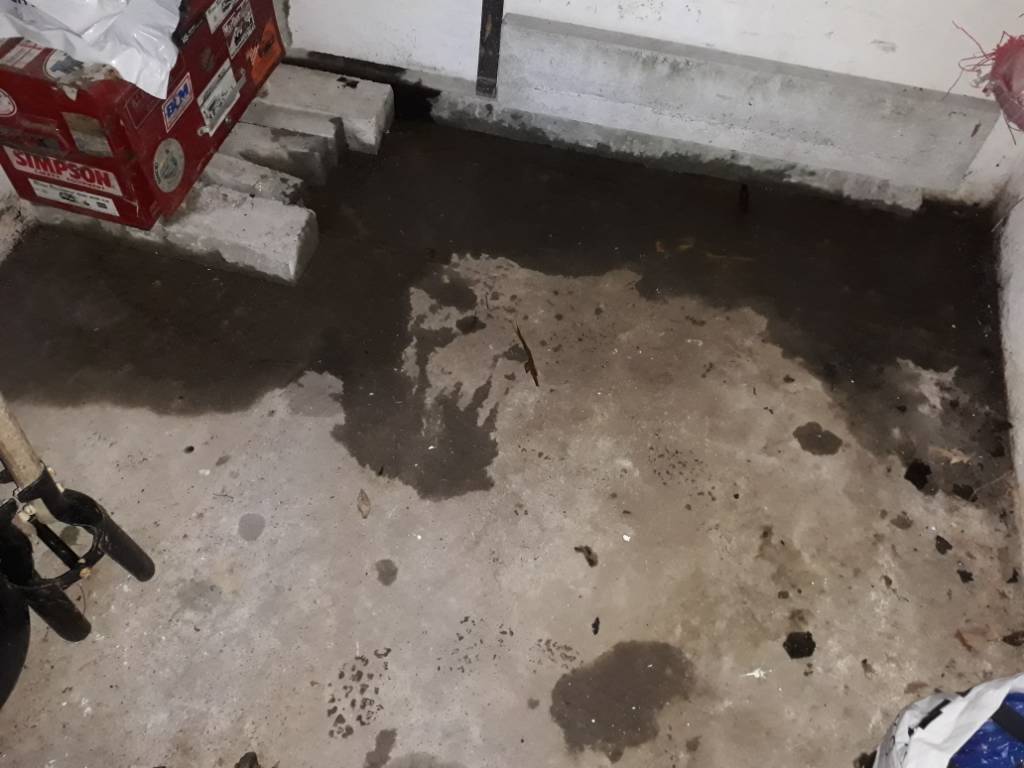Mark A
Established Member
Hi chaps,
There is rendered block outbuilding in our garden which was built so that the rear and one side is part of a retaining wall holding back about 5ft of ground.
It's generally damp in there anyway, but after heavy rain water puddles on the floor and it will remain wet for weeks, especially this time of year.
I would prefer to knock it down and build a nice insulated timber shed the far side of the garden, but I don't have the time right now.
Is there anything which can be painted over the internal walls and floor to hold back the water? It must be quite hard-wearing (shed is used to store building materials, mowers and garden tools) and *not silly expensive* as it only has to see me through to next year.
Cheers,
Mark
There is rendered block outbuilding in our garden which was built so that the rear and one side is part of a retaining wall holding back about 5ft of ground.
It's generally damp in there anyway, but after heavy rain water puddles on the floor and it will remain wet for weeks, especially this time of year.
I would prefer to knock it down and build a nice insulated timber shed the far side of the garden, but I don't have the time right now.
Is there anything which can be painted over the internal walls and floor to hold back the water? It must be quite hard-wearing (shed is used to store building materials, mowers and garden tools) and *not silly expensive* as it only has to see me through to next year.
Cheers,
Mark







